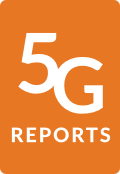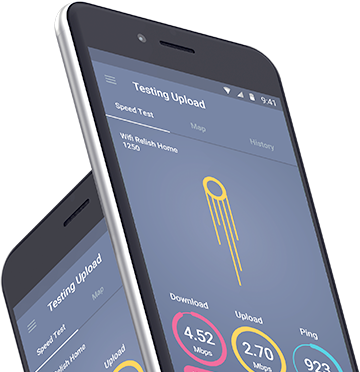Introduction
Last month, Canada successfully completed a 5G spectrum auction in the much-coveted 3.5 GHz mid-band, which offered a total of 200 MHz of new spectrum capacity, including 50 MHz set aside for smaller players. The auction attracted a total of C$8.91 billion (∼$7.2 billion) in winning bids, with Bell, Rogers and Telus walking away with roughly 80% of the offering. Rogers was the biggest spender, with total bids of C$3.33 billion for 325 licenses which covers 169 out of 172 regions. Bell was the next highest bidder — 271 licenses for a total of C$2.07 billion. Telus spent C$1.95 billion for 142 licenses. Shaw opted out of this auction probably because it is in the process of merging with Rogers, while Videotron and Xplornet grabbed most of the remaining licenses.
ISED earlier stated that “the 3500 MHz auctions increased spectrum holdings of small and regional providers by over 50% across the country” The Government of Canada has taken this key step to encourage competition, improve rural connectivity and ensure the effective deployment of 5G technologies.
The use of 3.5 GHz spectrum band for 5G in Canada should help Canada’s carriers to accelerate the 5G experience. Previously Canadian carriers have been limited in the amount of new spectrum that is usable for 5G and often deployed 5G in lower bands. However, Canadians will likely need to wait a few months before operators start using the newly acquired spectrum.
In this latest 5G Experience report, we analyzed our users' overall 5G experience in Canada on each of the three nationwide carriers, Telus, Bell and Rogers, over 90 days starting on April 1, 2021, ending June 29, 2021. Unlike our previous report, when none of the award categories was won outright, Rogers claims four out of seven awards this time — 5G Availability, 5G Reach, 5G Games Experience and 5G Voice App Experience — and jointly wins 5G Upload Experience where we saw a three-way split.




